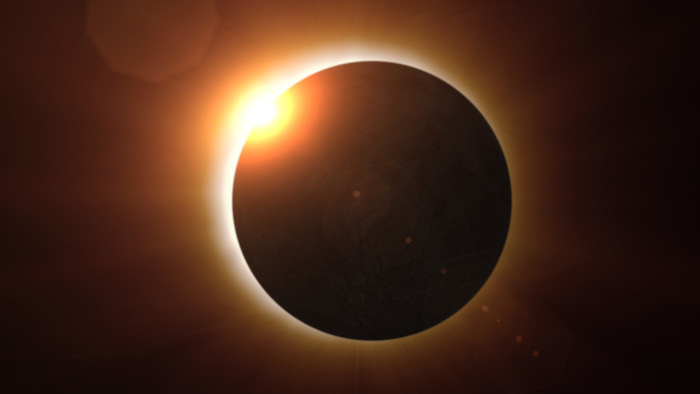As the anticipation builds, April 8 draws nearer, marking the moment when the Moon will align with the Sun, casting its shadow upon Earth in a total solar eclipse—a phenomenon not witnessed for seven years, with its path commencing from Texas.
Weather agencies have released forecasts, offering valuable insights into where the eclipse will be best observed and where visibility might be hindered. The eclipse will briefly shroud certain areas of Earth in darkness.
According to authorities, optimal viewing of the total solar eclipse is expected in regions spanning from northern New England and northern Arkansas to central Indiana, as well as California, parts of the mid-Atlantic, and the Southeast. However, the National Weather Service highlights a degree of uncertainty, particularly regarding potential high clouds in these areas.
Long-range forecaster Paul Pastelok, quoted in a USA Today report, suggests that clouds may break, allowing for sunshine during the afternoon viewing from Chicago to Cleveland. A narrow swath of clear viewing is anticipated for cities such as Kansas City, Indianapolis, and St. Louis.
Weather experts also warn of the possibility of rain in Texas, Oklahoma, southern Arkansas, Ohio, northwestern Pennsylvania, and western New York.
For those seeking optimal viewing conditions, cities including Los Angeles, El Paso, New York City, Boston, and Raleigh are expected to offer splendid views of the eclipse from beginning to end.
Areas where the total solar eclipse may be poorly visible include Wisconsin, extending westward through South Dakota and Nebraska to Washington and Oregon.
Regarding timing, the total eclipse will commence in Texas at 1:27 pm CDT and conclude in Maine at 3:35 pm EDT, with variations along different paths.










